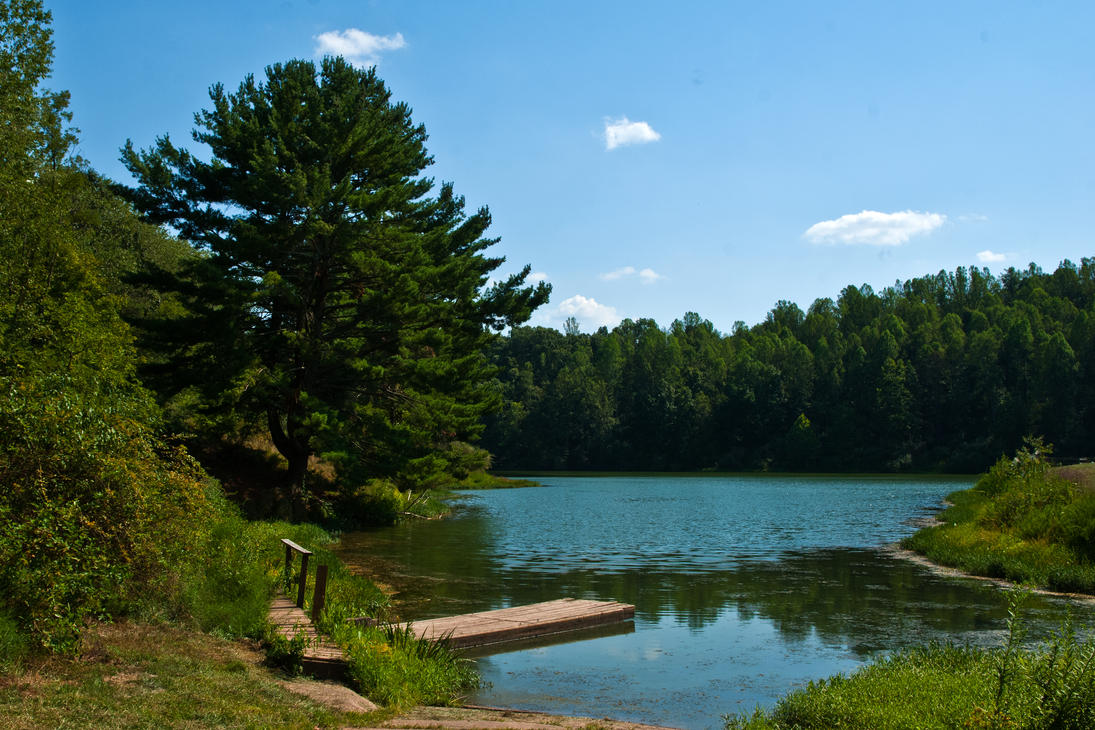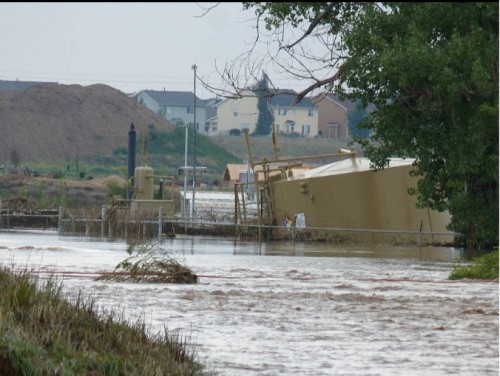TOXIC FRACKING BRINE SPRAYED ON ROADS BY DOT IN WEST VIRGINIA
"Photos of wet pavement Rt. 20 & 41 mid day 12-18-16 from the ole Pioneer Inn at Glade Creek to top of Curtin Mt. ... What the hey you say .., well here's the big Deal. This water was spread on the road by a WVDOH tanker truck & the water happens to be a product of gas well drilling & fracking operations & contains more lethal poisonous chemicals than most of us could ever name & some that the oil ...& gas won't tell us about. It does contain large amounts of salts which does aid in the melting of snow & ice on the roads but where do all those poisons go when the snow melts & the rains come folks. Very easy answer which you don't wanna hear ... The poisons flush into the streams & seep into the ground waters both of which are sources of your drinking water. Do you want to drink that stuff that is being poured on our highways??"
Feeling lucky? Maybe you will NOT end up behind one of these trucks, like we did recently. My nose, throat and eyes were burning and I could SMELL chemicals, despite having the vehicle's air conditioning set to recirculate. Our windscreen wipers were running the whole time. The whole car was covered. The residue dried white. I was fully aware that this residue is radioactive, and simply breathing dust could, at the least, set you up for lung cancer from alpha and gamma ray emitters.
So, you ask, what kind of pollutants are we talking about? Benzene, Bromides, Radium.. and heavy metals .. just for starters!
From Pennsylvania to Ohio - the radiation issue alone is an eye-opener
"Radium in one sample of Marcellus shale wastewater, also called brine, that Pennsylvania officials collected in 2009 was 3,609 times more radioactive than a federal safety limit for drinking water. It was 300 times higher than a Nuclear Regulatory Commission limit for industrial discharges to water.
The December 2011 study, compiled by the U.S. Geological Survey, also found that the median levels of radium in brine from Marcellus shale wells was more than three times higher than brine collected from conventional oil and gas wells.
“These are very, very high concentrations of radium compared to other oil and gas brines,” said Mark Engle, a U.S. Geological Survey research geologist and co-author of the report.
State law bans radioactive shale-well sand and sludge from Ohio landfills. However, brine can be sent down any of Ohio’s 171 active disposal wells regardless of how much radium it contains. Michael Snee, the Ohio Department of Health’s radiation-protection chief, said that’s the safest place for brine.“Injection wells are almost the perfect solution for that disposal issue,” Snee said.
However, environmental advocates say the Geological Survey’s report intensifies their fears of surface spills and leaks to groundwater.
“It’s an alarm bell in the night that we better get serious about testing the material in the Utica shale right here in Ohio,” said Jack Shaner, an Ohio Environmental Council lobbyist.
Shaner and others said the study shows that state officials should look at what’s bubbling out of Ohio’s shale wells.
Radiation is yet another wrinkle in the ongoing debate over “fracking,” a process that sends millions of gallons of water, sand and chemicals down wells to shatter shale and free trapped oil and gas. Thousands of Marcellus shale wells have been drilled in Pennsylvania. Of the 12.2 million barrels of brine injected into Ohio disposal wells last year, 53 percent came from Pennsylvania and West Virginia.
A similar drilling and fracking boom is expected in Ohio’s Utica shale. Engle said the Marcellus shale absorbs uranium from ancient saltwater trapped within the rock layer. The decaying uranium then leaks radium into the water. As the wells continue to produce oil and gas, Engle said the brine becomes saltier and more radioactive.
For its study, the Geological Survey examined 52 samples of Marcellus shale brine collected from wells in New York and Pennsylvania from 2009 through 2011.In 37 of the samples, radioactivity from radium-226 and radium-228 was at least 242 times higher than the drinking-water standard and at least 20 times higher than the industrial standard.
That included a sample collected Dec. 21, 2009, in Tioga County, Pa., that was 3,609 times higher than the drinking water standard and 300 times higher than the industrial.
The U.S. Geological Survey’s Ohio office wants to study radium and other contents of Utica brine. “We want to understand these natural formation fluids, what’s in the ground before any drilling occurred,” said Ralph Haefner, the survey’s groundwater-studies chief.
Snee said there’s no need for the state to test Utica brine because disposal wells are safe. He said shale wastes trucked to landfills pose a bigger threat to groundwater.
In May, the health department told American Landfill in Stark County that two truckloads of waste sand from two Greene County, Pa., wells must instead go to a hazardous-waste landfill.
Required lab tests showed radium at levels 36 times higher than the state’s safety standard. Some critics say they worry that Ohio municipalities will spray shale brine on roadways in winter to combat ice. There are no restrictions against using shale-well brine on Ohio roadways."
There is also NO restriction on spraying brine on West Virginia's roadways.
LINK - http://www.dispatch.com/content/stories/local/2012/09/03/gas-well-waste-full-of-radium.html




